Trees, in general, can be infected with various pests and diseases. Mountain ash is no exception. While this is true, there are still ways to prevent this issue. We have researched relevant information to help you understand why your tree wilts and dies.
Mountain ash trees are susceptible to various pests and plant diseases that affect their appearance, health, and growth. Insects such as beetles, mites and sawflies, fungi, and bacteria all prey on various parts of the tree causing it to deteriorate and die.
Mountain ash trees are a popular garden or landscape plant. However, the species is more inclined to infestation and disease than other plants. The article aims to help you identify the symptoms, know the causes and provide remedies to save an infected tree.
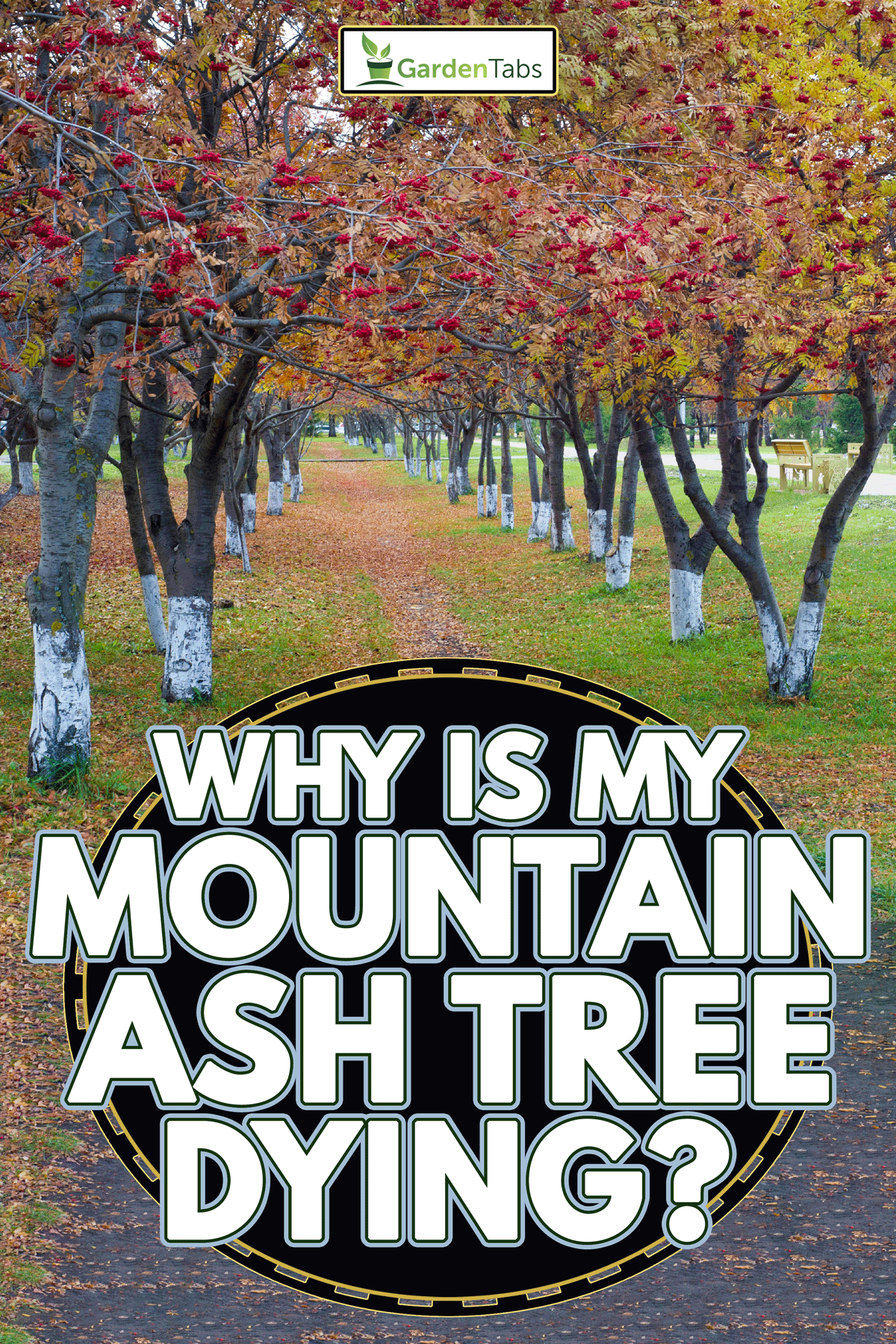
Mountain Ash Tree: An Overview
Mountain ash, also known as rowans, are shrubs or trees that belong to the rose family. Most varieties have a shrub-like form; both the European and American species have a distinct treelike appearance.
Rowans have a light-grayish bark and feature lush foliage that changes into shades of yellow, orange, and reddish-purple during the fall. Additionally, small red berry-like fruits appear in clusters that ripen and last amidst the winter months.
It produces fragrant and vibrant white flowers that attract pollinators such as bees, butterflies, beetles, and flies in spring and early summer. Although the leaves have a somewhat similar appearance to ash tree, they are utterly distinct tree species.
Why Is My Mountain Ash Tree Dying?
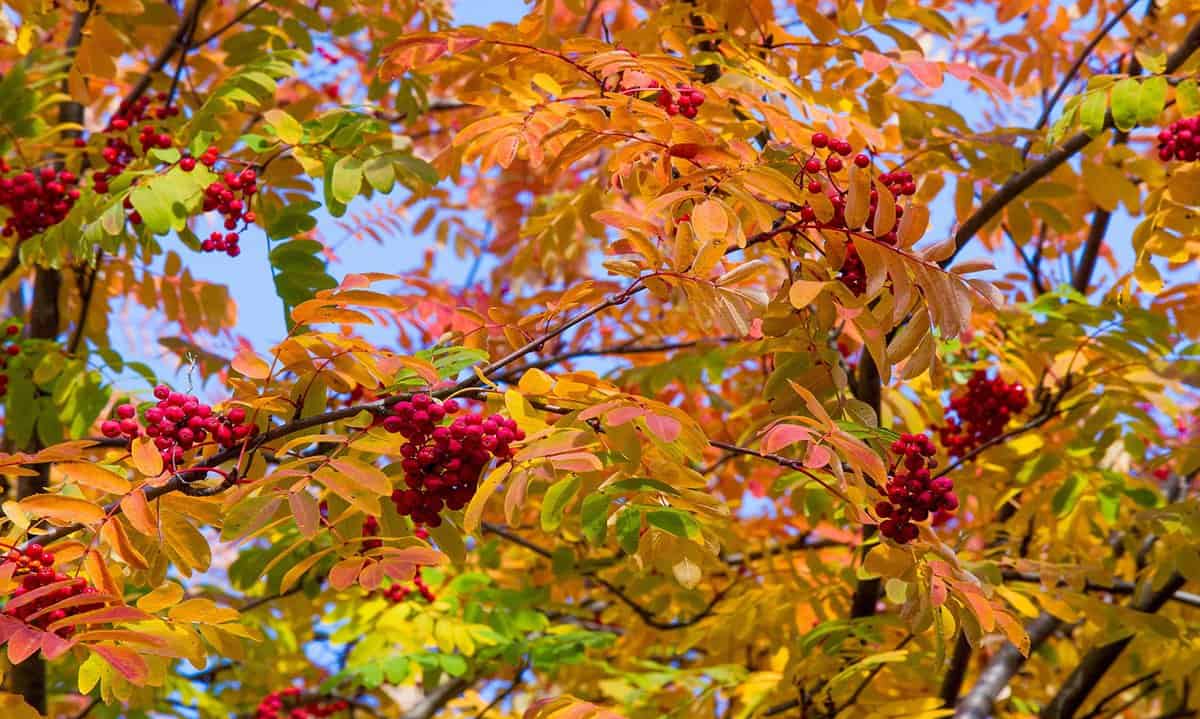
Healthy plants growing in their natural habitat are rarely infested or diseased. However, they weaken when trees, shrubs, and other ornamentals are introduced to new environments and transplanted into yards, gardens, or landscapes. Changes in soil density and content, different moisture levels, and varied light exposure contribute to plant stress and make them susceptible to parasites.
Borers
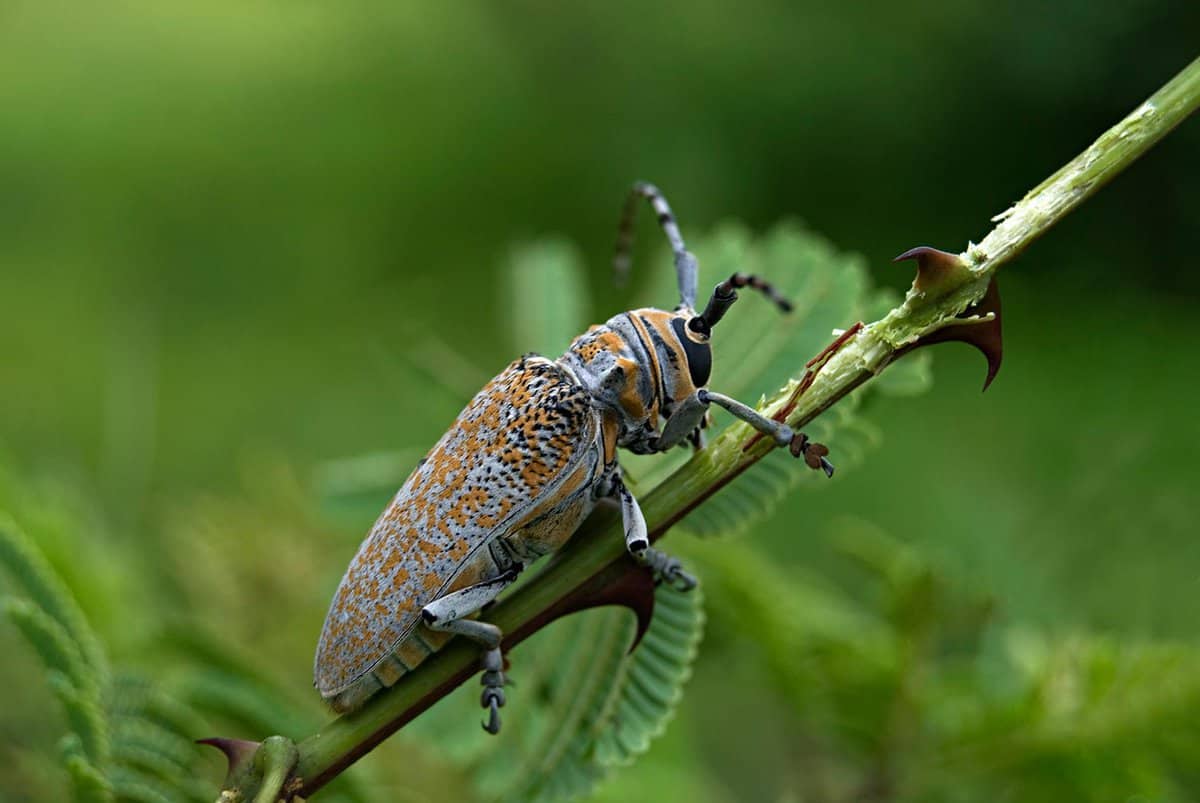
Wood or stem borers are the larvae or immature stage of certain moths and beetles and are among the most destructive pests of shrubs and trees. Female insects lay eggs on a suitable host, and once hatched, the young larvae tunnel under the tree's bark and feed on wood tissue.
Once inside the tree, they grow and develop and are seldom detected until advanced or critical damage has been done.
Signs of infestation are indicated by holes around half a centimeter in diameter near the tree's base and the presence of sawdust-like particles directly below them.
They cause dying branches, wilted shoots, sores, and cracked bark.
You can manage borers using one part nicotine sulfate to four parts water solution by inserting soaked cotton or soft cloth into the holes. Coat or seal the wounds with paraffin, putty, or tree paint to maximize the effect of the fumes.
Fire Blight
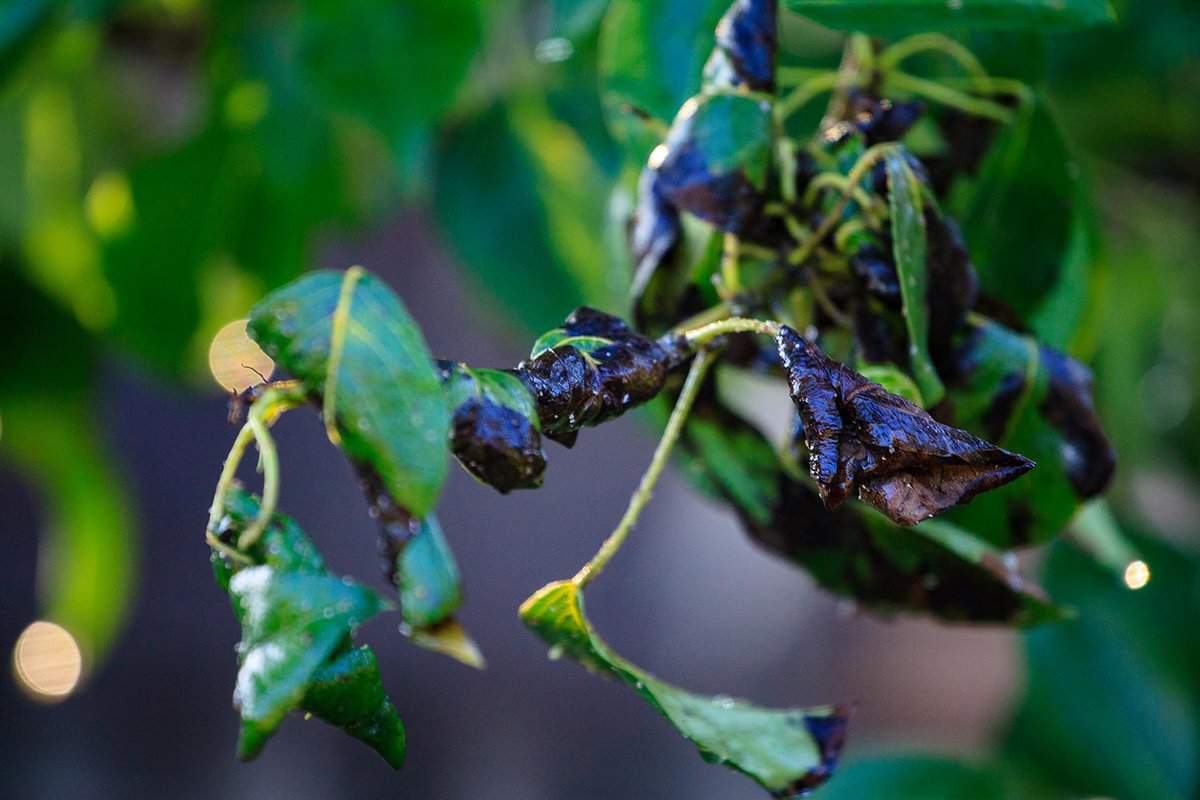
A plant disease, fire blight, is caused by Erwinia amylovora bacteria. True to its name, the condition displays a burnt appearance on the affected leaves and blossoms.
The first sign of infection is reddish-brown water-like streaks on the branches and trunks, which tend to darken over time. The flowers wilt, leaves turn brown, and often curl at the tips.
In more severe cases, cankers or sores appear on branches and twigs, causing them to shrivel and blacken.
The bacteria is spread primarily by splashed water, such as rain or irrigation, but are carried by birds and insects as well. Water your plants only at the base where the trunk meets the soil, and avoid wetting the foliage as much as possible.
No existing chemical treatment for fire blight makes it difficult to control.
The best remedy is regular pruning and removing infected parts of the tree. Once you notice a burnt-like appearance, shear away the affected leaves and prune back the twig or branch. Bury or burn the remnants away from other plants.
Some gardening experts recommend sterilizing your tools with three parts rubbing alcohol and one part water. This practice may further prevent the spread of the pathogen among plants.
Scale Insects
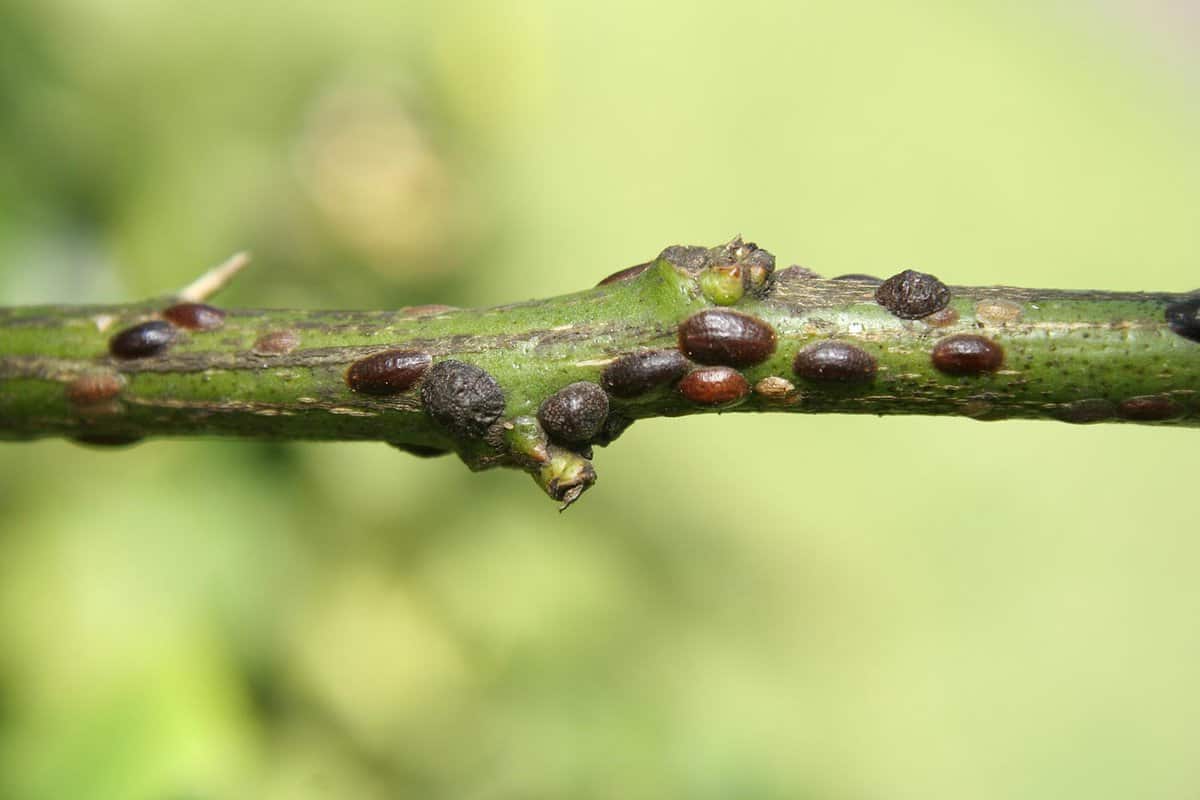
The scale bug is a minute insect that characteristically features a shell-like covering. They feed and thrive on the undersides and joints of leaves. There are three types of scales: armored, soft, and mealybug; all of which suck sap and deplete the nutrients available to plants and trees.
These organisms excrete honeydew which attracts and encourages the growth of certain fungi.
The infected plants appear withered, and the leaves turn yellow and fall prematurely. Reduced plant vigor, leaf spotting, bumps or nodes on twigs, and the presence of sooty mold are also evident.
Advanced infestation causes poor or stunted growth, low or absent production of fruits and flowers, and, if not controlled, the possible death of your mountain ash tree.
A simple solution to eliminate scales is to dab the leaves with diluted alcohol solutions weekly for a month. Oil-based sprays like neem oil work relatively well in controlling the spread and damage of scale bugs.
It may be necessary to sacrifice and pull out heavily diseased trees to prevent further infestation among neighboring plants. Again, burn or bury the remnants away from your yard or garden.
Mites
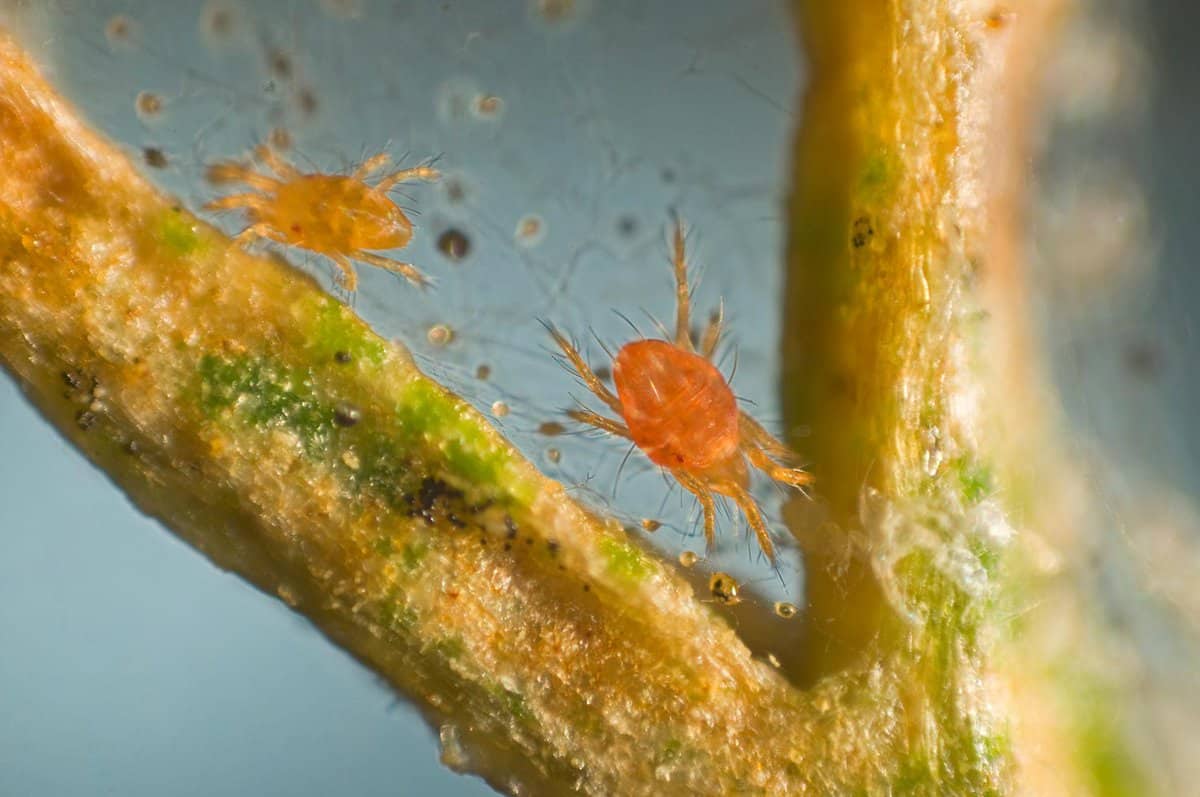
Mites are extremely tiny pests that are hardly visible and difficult to identify. They settle on and utilize the leaves as a habitat and food source.
The earliest symptoms of mite infestation appear as yellow or brown spots on your tree's leaves. Eventually, the plant will stop growing and slowly deteriorate once photosynthesis is disrupted, and the entire foliage becomes affected.
The webbing on different plant areas is a clear indication of mite infestation. They produce webs to house and protect their eggs.
Pressure spraying the plant is an effective way to dislodge the mites and eliminate residual species from proliferating. Neem and other horticultural oils are equally effective in controlling the spread of pests.
Sawflies

Sawflies are common in the landscape and are insects that lay eggs on tree leaves. Their larvae use the foliage as a habitat and source of food.
Green caterpillars feed on the leaves; some species may even leave galls - galls cause abnormal plant growth. A mild infestation does little damage; however, a large number of sawflies can wreak havoc and may kill the tree.
Immediately prune infected leaves. If larvae infestation is severe, spray the foliage with bacillus thuringiensis, then reapply after two weeks. The young will ingest the chemical and die. Use Sevin or Bonide's Eight to get rid of the sawflies themselves.
Check out this product on Amazon.
How To Care For Mountain Ash Trees
Soil
Rowans prefer to be planted in loose well-draining soil. Avoid growing mountain ash in clay soil because water will not drain properly. Roots will have difficulty developing and penetrating since the ground is too hard.
Compost, farm manure, or shredded leaves are organic matters that can regulate ground properties into the required conditions of your tree. You can add these materials to the soil to achieve the desired ground requirement. It is ideal if the soil pH is neutral - between 5.5 and 6.5.
Water
Mountain ash trees prefer moist or damp environments. They cannot tolerate drought or long dry spells. That said, your rowans need more hydrating throughout the summer than the rest of the year.
Established trees do not require as much watering as saplings. Since their roots are already developed, they can penetrate deep into the ground and reach moisture reservoirs in the soil. Water them regularly or when rainfall has not been prevalent for weeks.
On the other hand, saplings rely on topsoil for moisture. Hydrate the tree sapling every week. You may have to double the amount of watering during long dry spells. If you notice that the soil dries quickly, add a layer of mulch, as this will help retain soil moisture.
You may also incorporate mulch during winter or amid frigid conditions to prevent the roots from freezing.
Fertilizer
Mature or established rowans do not necessarily need to be fertilized. You only need to feed your tree if you notice leaf discoloration, curling of the leaves, and browning of leaf tips or edges. This signifies that the soil lacks nutrients.
The yellowing of leaves is a sign of nitrogen deficiency. If older leaves turn purple or have a deep dark green color, and sometimes a burnt appearance on the edges or tips, it signifies phosphorus deficiency.
Apply a balanced fertilizer or those that have high nitrogen or phosphorus contents if any of these symptoms emerge. Spread the granules in a circular manner without touching the base and trunk of the tree.
Saplings do not need to be fertilized immediately because, at this time, their roots are only beginning to form or develop. Start feeding newly planted trees a year after. Use general-purpose fertilizers and ensure you are not using "weed-and-feed" products since they contain herbicides that may harm your tree.
Why Is The Bark On My Rowan Tree Splitting?
Tree bark normally splits because of various environmental and weather conditions. It generally expands and contracts depending on the temperature.
To illustrate, during late winter and early spring, the rapid change in climate and temperature can result in splitting, also referred to as "frost cracks."
The cells of a bark remain cool, contract, and compact amidst winter. At the onset of spring, the temperature gradually rises, and the cells begin to expand. The wood inside the bark does not warm as quickly, causing the bark to split.
In Closing
Trees are susceptible to various diseases if they are not in their natural habitat. If you still intend to plant one on your garden or lawn, as much as possible, try to replicate the natural environment where they grow. We hope this article proved to be insightful and informative.
We have these posts for related topics:

